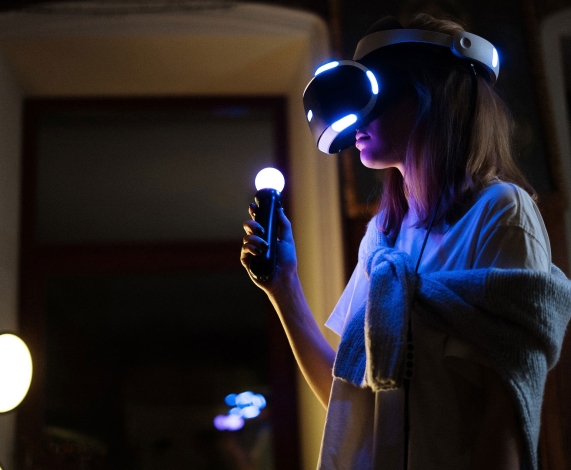One of the hottest new platforms for marketing became very clear during the pandemic: metaverse marketing. For those unfamiliar, the metaverse is an immersive, digital environment populated by virtual avatars representing actual people. Still not clear what it means? Think of the hit video game Fortnight, a virtual reality game where avatars play the game in real-time, fighting against each other and attending events held in that metaverse. Every person playing interacts with others as their personalized digital representation or an avatar.

What makes a metaverse a metaverse?

Why Brands Are Marketing in Metaverse?
Marketers are rushing to the metaverse for a variety of reasons. It's new, and there are now better connections to handle expanding environments. The fact that marketers can target Millennials and Gen X in new ways thanks to metaverses is perhaps the most crucial factor. Marketers want to reach these audiences and keep them informed about and interested in their products and technologies. It is also evident from the level of interaction brands are already experiencing that this marketing approach is effective and here to stay.


Non-gaming metaverses are beginning to emerge more frequently. The metaverse is now the place of virtual gatherings. Without leaving their job or home, attendees can visit a lot of exhibits. By moving the experience online, the audience's size rapidly increases. Consider the reach that auto exhibitions could potentially have in the metaverse. Put on some virtual reality goggles, and "sit" in an automobile to see and experience it from the inside out. Events of this nature could be planned in many inventive ways.
Example — Wendy's Organic Marketing in Fortnite
Marketing in the metaverse doesn’t have to get complicated, with the right partnerships or out-of-the-box thinking, brands can deliver engaging experiences to the younger generation and greatly increase awareness. Fast food chain Wendy’s wanted to engage the 25 million players in the video game Fortnite without the expensive investment of sponsored events and avatar skins. To deliver this new kind of organic marketing, their team noticed that there are frozen fridges in burger restaurants within the game. And guess what? Wendy’s never uses frozen beef patties. With this simple connection, the team set out a core goal to destroy all the freezers and fridges within the game. The Wendy’s team picked out a red-hooded avatar (similar to Wendy’s logo) and live-streamed on Twitch for hours per day just gameplay of the red-hooded avatar destroying freezers in the game.
The results were mind-boggling. Wendy’s saw 1.5 million minutes watched on Twitch and say 119% increase in social mentions by just destroying 752 freezers. It got so widespread that Epic, the developers of Fortnite, removed the freezers from the game.

Creativity in Metaverse

Key Takeaways






